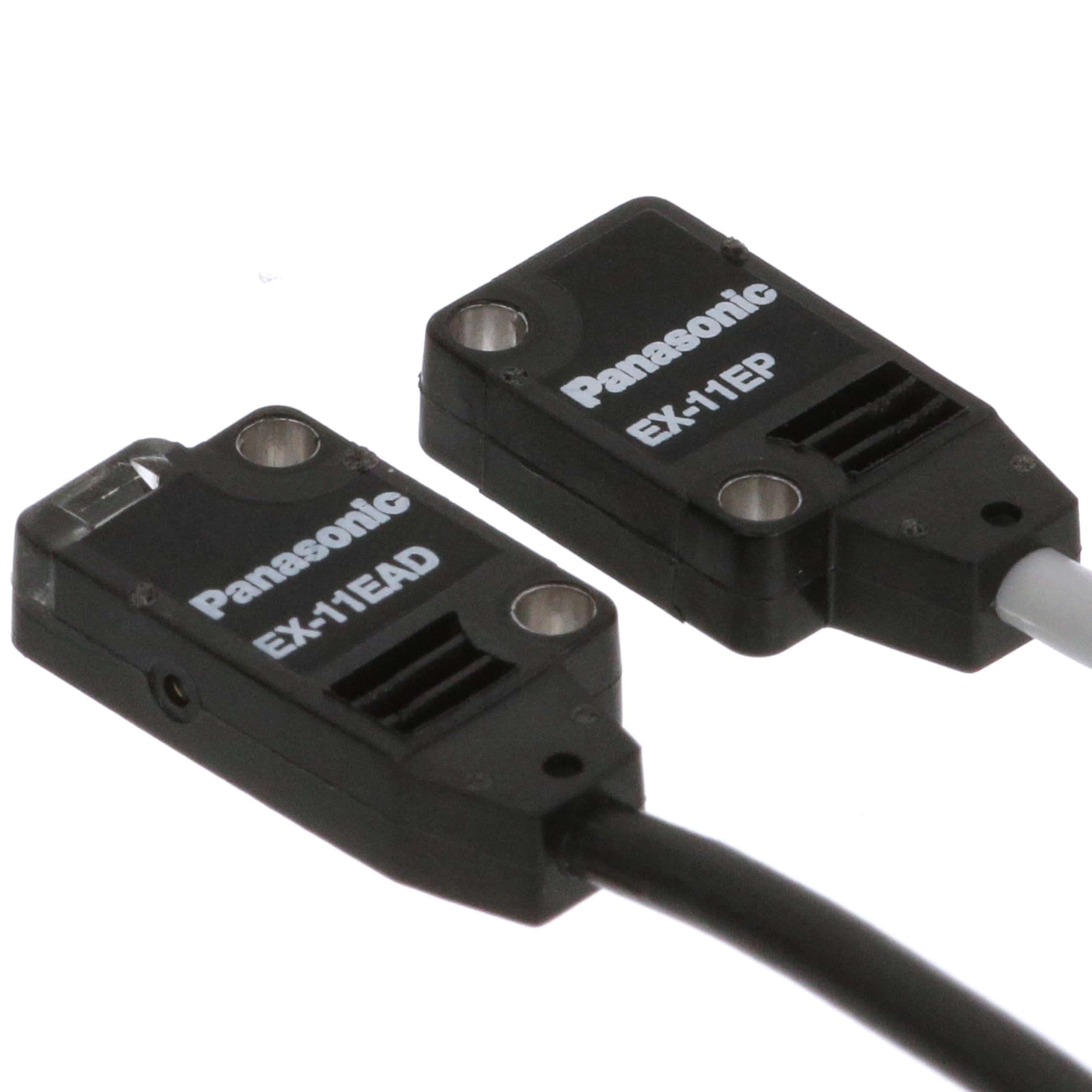Panasonic EX-11EA-PN Sensor: Features, Advantages, and Buying Guide
The Panasonic EX-11EA-PN sensor is designed as a solution tailored to meet industrial automation needs. This compact and durable photoelectric sensor offers precise detection, energy efficiency, and long-lasting performance. Frequently used in production lines, logistics processes, and robotic systems, the EX-11EA-PN sensor delivers high performance for industrial applications. In this article, you will find detailed information about the features, usage areas, price analysis, and buying tips for the EX-11EA-PN sensor.
What is the Panasonic EX-11EA-PN Sensor?
The Panasonic EX-11EA-PN sensor is a photoelectric sensor designed for precision detection needs in industrial automation. With its small size and wide detection capabilities, it can be used even in confined spaces. Equipped with an IP67 protection rating, the EX-11EA-PN sensor is resistant to dust and water, ensuring reliable performance even in challenging industrial conditions.
Panasonic EX-11EA-PN Sensor Features
- Compact Design: Easily mountable in tight spaces due to its small size.
- High Precision: Detects with high accuracy within milliseconds.
- Durability: IP67-rated protection ensures resistance to dust, water, and harsh environmental conditions.
- Energy Efficiency: Low power consumption makes it an environmentally friendly and cost-effective solution.
- Flexible Mounting: Easily adaptable to various surfaces.
- Long-Lasting Performance: Made from high-quality materials to ensure years of reliable use.
Panasonic EX-11EA-PN Sensor Usage Areas
- Production Lines: Ideal for product detection, assembly control, and quality inspection. The EX-11EA-PN sensor minimizes errors in production lines and accelerates processes.
- Logistics: Used for detecting boxes, pallets, and products in packaging, palletizing, and storage processes.
- Robotics: Preferred for positioning moving parts and obstacle detection in autonomous robots.
- Medical Devices: Meets precision detection needs in laboratory instruments and medical testing processes.
- Automotive: Suitable for detecting components and ensuring accuracy in vehicle assembly lines.
Advantages of the Panasonic EX-11EA-PN Sensor
- Speed and Accuracy: High detection precision and millisecond response time enhance processes and increase accuracy rates.
- Durability: Designed to operate reliably for many years, reducing overall costs.
- Easy Installation: User-friendly mounting brackets enable quick and straightforward setup.
- Energy Savings: Low energy consumption reduces environmental impact and operational costs.
- Wide Detection Capability: Performs precise detection at various distances, making it a versatile solution.
EX-11EA-PN Sensor Technical Specifications
| Feature | Value |
|---|---|
| Detection Range | 10-50 mm |
| Response Time | <1 ms |
| Operating Voltage | 12-24V DC |
| Operating Temperature | -25°C to +55°C |
| Protection Class | IP67 |
EX-11EA-PN Sensor Price Analysis
The EX-11EA-PN sensor falls within the mid-to-high price range. However, its long-lasting performance and energy efficiency allow you to recover the initial cost in a short time.
EX-11EA-PN Sensor Installation Guide
- Securely mount the sensor using the provided brackets.
- Adjust the detection angle of the sensor accurately.
- Carefully connect the cables to prevent short circuits.
- Protect the sensor from excessive dust and water.
EX-11EA-PN Sensor Maintenance Tips
- Regularly clean the sensor lenses.
- Frequently check the cable connections.
- Protect the sensor from extreme temperatures, humidity, and impacts.
- Replace faulty parts with original replacements.
Frequently Asked Questions (FAQ)
- Which industries use the EX-11EA-PN sensor? It is widely used in production, logistics, robotics, and automotive sectors.
- How is the EX-11EA-PN sensor installed? Follow the installation manual provided with the product for easy setup.
- Is the EX-11EA-PN sensor cost-effective? Its durability and long-lasting performance make it an excellent price-performance choice.
Related Articles: Learn more about the sensors by reading our blog on What is a Photoelectric Sensor?

